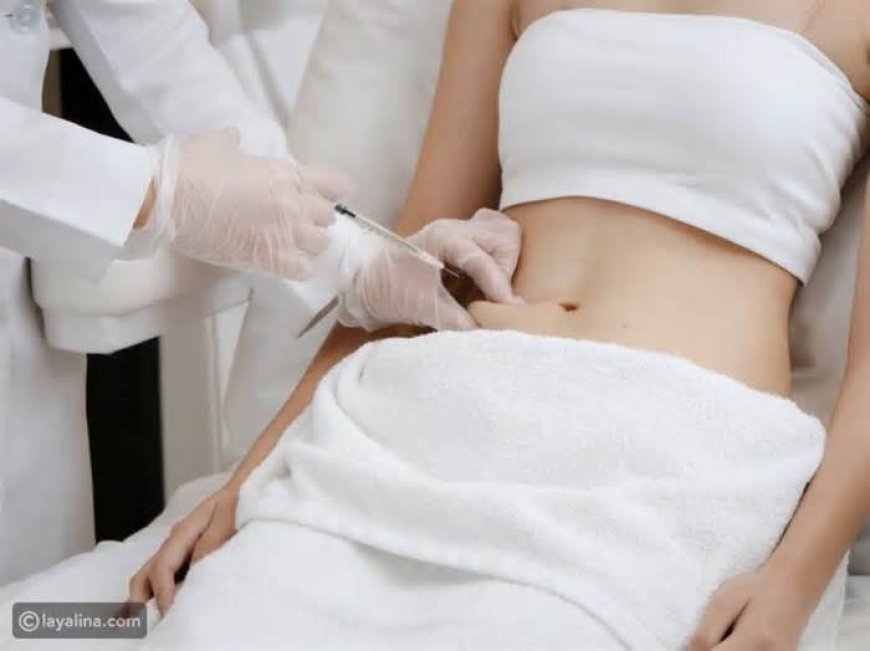Are Fat Melting Injections Safe During Post-Pregnancy Recovery?

Pregnancy brings incredible changes to a woman’s body, but it can also leave behind stubborn fat deposits that feel impossible to shed despite dieting and exercise. Many new mothers explore aesthetic treatments to regain their confidence and achieve a toned figure after childbirth. One increasingly popular solution is Fat melting injections in Islamabad. These non-surgical injections promise to reduce localized fat without downtime, making them appealing to women who are juggling childcare and recovery. But the critical question remains: are fat melting injections safe during post-pregnancy recovery?
This blog explores safety, benefits, timing, and considerations for new mothers thinking about this treatment.
Understanding Fat Melting Injections
Fat melting injections are minimally invasive cosmetic treatments designed to break down and eliminate stubborn fat pockets. They typically use deoxycholic acid or similar compounds, which target fat cell membranes, causing them to dissolve and be naturally eliminated by the body.
They are often used on areas such as:
-
Double chin
-
Upper arms
-
Love handles
-
Abdomen
-
Thighs
For women who find it hard to shed pregnancy weight in specific areas, these injections seem like an appealing shortcut. However, safety and timing must be carefully considered.
The Post-Pregnancy Recovery Phase
After childbirth, a woman’s body needs significant time to heal and recover. Hormones remain in flux for months, and organs, muscles, and skin gradually return to pre-pregnancy states. Postpartum recovery can take 6 weeks to several months, depending on delivery type (natural vs. C-section) and individual health.
During this phase, doctors generally recommend focusing on:
-
Rest and proper healing
-
Balanced nutrition, especially if breastfeeding
-
Gentle exercises approved by a healthcare provider
-
Emotional well-being and stress management
Introducing cosmetic procedures too early can interfere with healing or complicate recovery. Therefore, timing is key when considering fat melting injections.
Are Fat Melting Injections Safe After Pregnancy?
The safety of fat melting injections during postpartum recovery depends on several factors:
1. Breastfeeding Considerations
If you are breastfeeding, most practitioners advise waiting before undergoing fat melting injections. The chemicals used could theoretically pass into breast milk, and while research is limited, it is better to avoid risks for the infant.
2. Hormonal Changes
Post-pregnancy hormones play a vital role in fat distribution, metabolism, and healing. Undergoing injections before hormonal levels stabilize might lead to unpredictable results or uneven fat reduction.
3. Healing and Body Stability
The body continues to change and recover for several months after delivery. It is generally recommended to wait at least 6–12 months before considering fat melting injections, giving the body adequate time to settle into its new normal.
4. Individual Health Conditions
Women with complications during delivery, such as excessive bleeding, C-section scars, or underlying conditions like thyroid issues, may not be suitable candidates for early treatment.
Benefits of Fat Melting Injections for New Mothers
When performed at the right time and under professional supervision, fat melting injections offer several advantages:
-
Non-surgical option: No cuts, stitches, or long recovery times.
-
Localized fat reduction: Targets specific problem areas left after pregnancy.
-
Minimal downtime: Mothers can resume normal activities almost immediately.
-
Boosts confidence: Helps restore body image and self-esteem.
-
Alternative to surgery: Safer than liposuction for women who cannot undergo invasive procedures post-delivery.
When Should You Consider Fat Melting Injections?
Experts usually suggest waiting at least:
-
6 months after a natural birth
-
12 months after a C-section
Additionally, treatment should only be considered once breastfeeding has completely stopped. By this time, hormone levels stabilize, skin elasticity improves, and overall body healing is well-progressed.
Professional Guidance is Essential
Every woman’s postpartum journey is unique. Before opting for fat melting injections, it is crucial to consult both a gynecologist and an experienced cosmetic practitioner. A thorough assessment ensures that:
-
You are physically fit for the procedure
-
Your recovery has been smooth
-
There are no underlying medical risks
Risks to Consider
Like any medical or cosmetic procedure, fat melting injections come with potential side effects. These may include:
-
Mild swelling or bruising at the injection site
-
Temporary redness or tenderness
-
Rare allergic reactions
-
Uneven fat reduction if not administered properly
These risks highlight why choosing a skilled and certified cosmetic doctor is essential.
Alternatives During Early Postpartum
If you are not yet eligible for fat melting injections, there are safe alternatives to help with weight management and body shaping:
-
Postnatal yoga and Pilates
-
Light cardiovascular exercises
-
Healthy diet plans
-
Non-invasive skin tightening treatments (only if cleared by a doctor)
These methods can complement eventual cosmetic treatments for long-lasting results.
Conclusion
Fat melting injections can be an effective solution for women looking to reduce stubborn fat after pregnancy. However, their safety during the postpartum phase depends on timing, breastfeeding status, and individual health. While the treatment offers excellent results, it should not be rushed. Giving the body enough time to heal ensures both safety and effectiveness.
What's Your Reaction?

















































